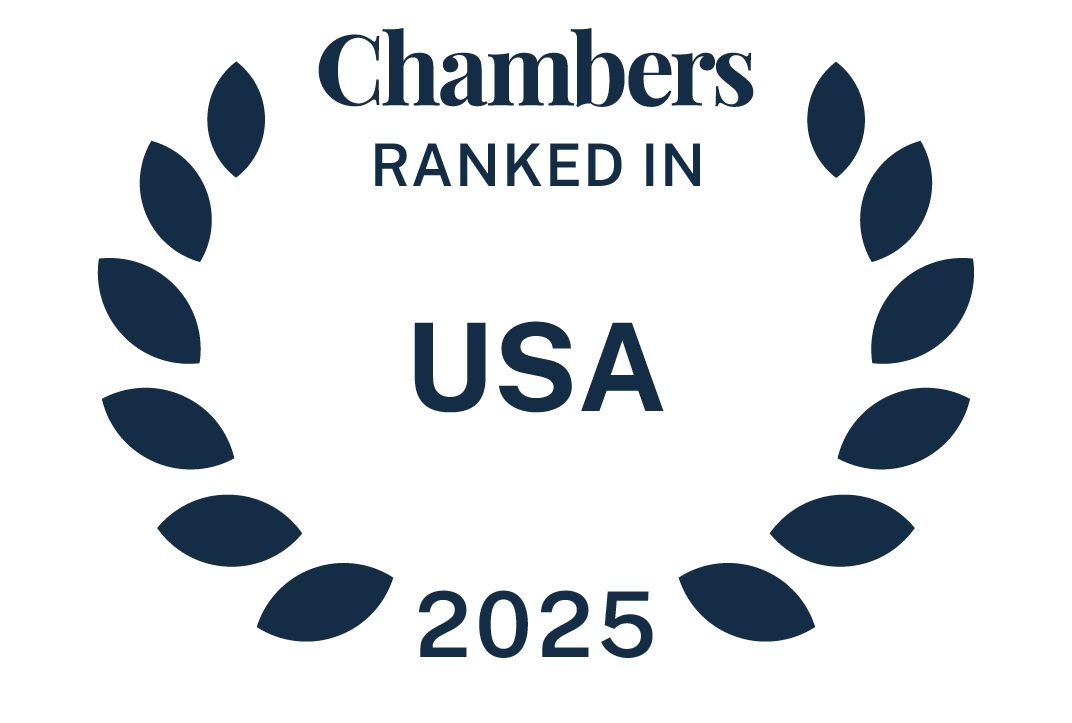On 16 January 2019, the Court of Justice of the European Union (CJEU) dismissed the appeal by the European Commission (Commission) against the 2017 judgment of the General Court of the European Union (GCEU). This annuls the Commission’s decision to block the proposed acquisition of TNT Express NV (TNT) by United Parcel Services (UPS) in its entirety (C-265/17 P). The judgment reminds the Commission that it must maintain a balance between the need for speed and the observance of the rights of the defence in merger proceedings.
IN DEPTH
Background
By decision on 30 January 2013, the Commission blocked the proposed acquisition of TNT by UPS (Case M.6570).
On 7 March 2017, the GCEU annulled the Commission’s decision in its entirety on the grounds that (i) the Commission infringed UPS’s rights of defence by failing to communicate to UPS the final version of an econometric model on which it relied in its prohibition decision and that (ii) UPS might have been better able to defend itself if it had at its disposal the final version of that model.
The Commission challenged the GCEU judgment before the CJEU. First, the Commission argued that it was not required to communicate the final econometric analysis to UPS. Second, the Commission claimed that even if UPS’s rights of the defence had been infringed, the GCEU should have dismissed UPS’s plea alleging infringement of the rights of the defence as ineffective because a significant impediment to effective competition (“SIEC”) could in any event be established in Denmark and the Netherlands without having to rely on the econometric model concerned.
read more


 Subscribe
Subscribe

